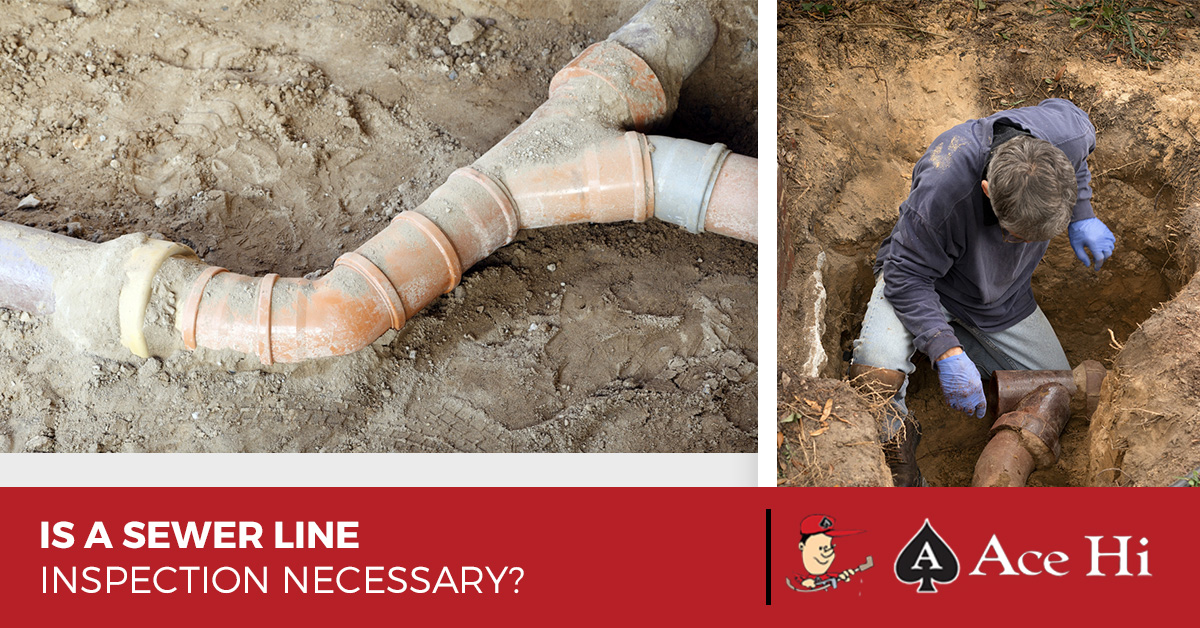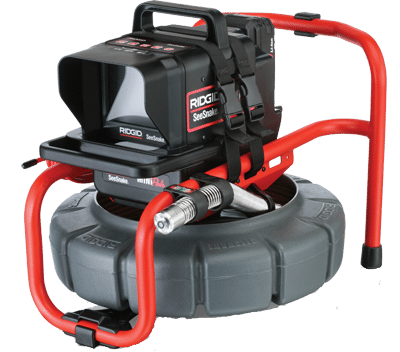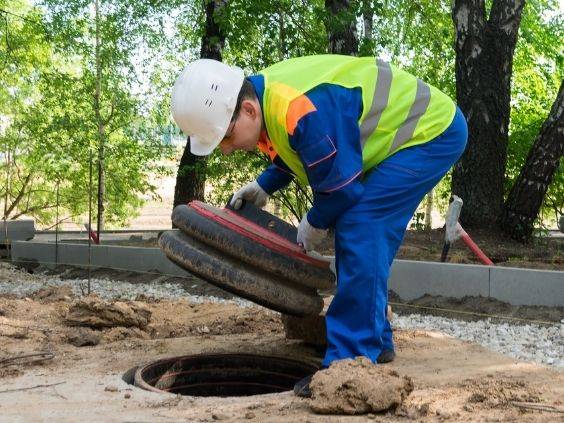Typical Sewage System Line Troubles and Their Solutions: A House owner's Handbook

Tree Root Intrusions
Tree origin breaches are a usual and substantial concern impacting sewer lines. As trees expand, their origins naturally choose sources of water and nutrients. Sewer pipelines, especially older ones made of clay or various other porous materials, give an appealing target. Gradually, roots can infiltrate small splits or joints in the pipelines, resulting in blockages and ultimately triggering substantial damage. This breach can cause slow-moving drain, sewage backups, and also total pipe failing if left unaddressed.
Early discovery is important in reducing the influence of tree origin intrusions. Normal assessments utilizing camera modern technology can identify root visibility before it becomes an extreme problem. As soon as found, there are several approaches to deal with the concern. Mechanical augers or rooter services can puncture the roots, giving a short-lived fix. For a much more long-term option, chemical root killers can be applied to hinder further development within the pipelines. In severe situations, pipe relining or replacement may be needed to restore the stability of the sewage system line.
Executing safety nets, such as growing trees far from sewage system lines and making use of origin obstacles, can lessen the danger of future invasions, therefore guarding the capability of your drain system.
Pipeline Rust
Deterioration in drain pipelines is a widespread concern that can badly compromise the integrity and functionality of a drain system. Generally happening in steel pipes, such as cast iron or galvanized steel, deterioration results from prolonged exposure to moisture, chemicals, and other destructive agents found in wastewater. With time, this process weakens the pipeline wall surfaces, causing leaks, breaks, and eventually, pipeline failure.
The primary sorts of pipeline rust include uniform deterioration, where the whole surface of the pipeline rusts evenly, and local deterioration, such as pitting or hole deterioration, which influence specific areas of the pipe. Determining the early indicators of corrosion, such as stained water or unusual smells, is critical for timely treatment.
Avoiding pipeline corrosion entails routine upkeep and examinations. Applying safety finishes, using corrosion-resistant products like PVC or polyethylene, and setting up cathodic protection systems can dramatically expand the lifespan of drain pipelines. In cases where rust is currently comprehensive, trenchless pipeline recovery methods, such as pipe cellular lining or pipe bursting, offer efficient solutions without the demand for extensive excavation. Eventually, positive monitoring and timely fixings are vital to minimize the damaging effects of pipe rust on drain systems.
Clogs and Clogs
Obstructions and obstructions are among the most usual and turbulent concerns affecting sewage system lines. These blockages can develop from a range of sources, including the accumulation of particles such as oil, food, and hair bits, in addition to the breach of tree roots looking for moisture. In time, these materials develop, narrowing the pipe and at some point bring about finish obstructions that can cause wastewater to back up into homes.
Safety nets are essential for mitigating the danger of blockages. Normal maintenance, such as routine hydro-jetting and the usage of enzyme-based cleaners, can assist keep pipelines clear of debris. Homeowners need to additionally be conscious of what they dispose of down their drains; preventing grease, coffee grounds, and fibrous vegetables can dramatically minimize the possibility of clogs.
When clogs do happen, professional intervention is frequently called for. Plumbers might employ a selection of tools, such as augers (additionally called drainpipe snakes) and high-pressure water jets, to break up and get rid of the obstruction. In extra extreme situations, video clip inspection devices can be utilized to situate and diagnose the issue, making certain that the suitable remedy is used efficiently. Routine examinations and prompt interventions can help keep the honesty and capability of drain lines.
Leaking Drain Lines
Beyond clogs and obstructions, leaking drain lines offer a substantial concern for property owners and towns alike. These leaks can arise from different aspects, consisting of pipeline rust, shifting dirt, invasive tree origins, and use and tear over time. Left wikipedia reference unaddressed, dripping drain lines can cause considerable building damage, advertise mold and mildew growth, and pose serious health risks due to the contamination of groundwater and soil.

Repair methods rely on the seriousness of the leakage and the condition of the sewer line. Minor leakages may be resolved with trenchless fixing methods, such as pipeline lining or pipeline bursting, which are less invasive and quicker to finish. In a lot more severe cases, traditional excavation and substitute of the influenced pipeline section may be required. Consulting with a certified plumbing makes sure an accurate diagnosis and ideal service to minimize the issue successfully.
Sewage System Line Bellies
When it concerns sewage system line problems, one particularly difficult trouble is the development of sewer line stomaches. A sewage system line tummy happens when an area of the pipeline sags or dips, producing a reduced place where waste and particles can gather. This can lead to slow drainage, repeating obstructions, and possible damage to the pipeline over time.
The causes of drain line stomaches are differed. Poor setup techniques, dirt disintegration, ground settling, or shifts due to temperature adjustments can all contribute to the formation of these sags - sewer line inspection ct. Identifying a sewer line belly usually needs a specialist examination making use of a drain electronic camera to determine the precise place and extent of the issue
Dealing with a drain line tummy typically includes excavation to reach the affected pipeline section. Once accessed, the drooping part may require to be changed or repositioned to ensure proper incline and drain. In many cases, trenchless repair methods, such as pipeline lining or pipe bursting, can be used to lessen interruption while fixing the issue.
Preventative measures, consisting of routine evaluations and making sure appropriate installment, can help reduce the threat of sewer line stubborn bellies. Property owners need to remain vigilant for indicators of drain troubles and look for expert assistance at the very first indication of trouble.
Conclusion
In final thought, addressing typical sewage system line issues such as tree origin invasions, pipeline corrosion, clogs, leaking sewage system lines, and drain line bellies is crucial for preserving a effective and functional system. Early discovery with video evaluations and the execution of both permanent and short-lived options can minimize these issues successfully. Normal maintenance practices, including calculated Learn More Here and hydro-jetting tree placement, further contribute to the avoidance of these problems, consequently ensuring the long-term stability of drain systems.
Corrosion in sewer pipes is a common problem that can badly jeopardize the honesty and capability of a drain system.When it comes to sewage system line problems, one especially tough problem is the development of sewage system line stomaches. A drain line tummy happens when an area of the pipeline droops or dips, developing a reduced area where waste and particles can collect. Identifying a sewer line tummy usually requires a specialist evaluation utilizing a drain cam to identify the precise location and degree of the issue.
